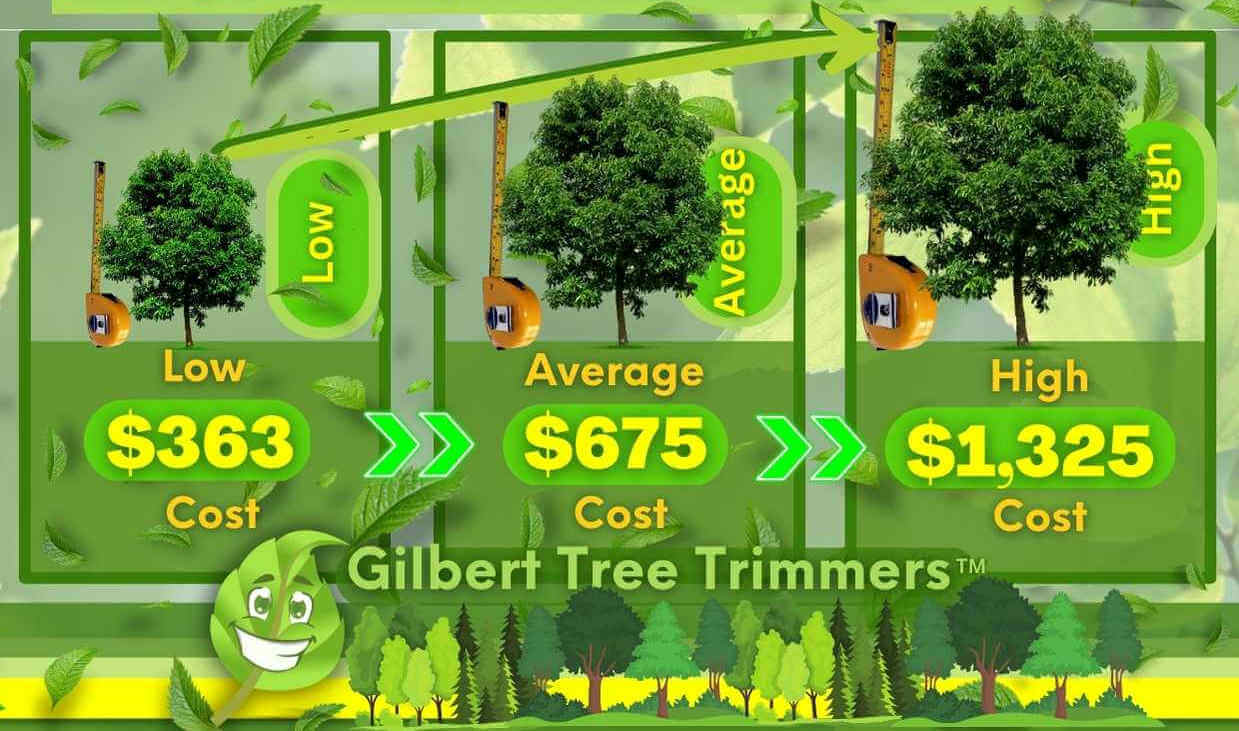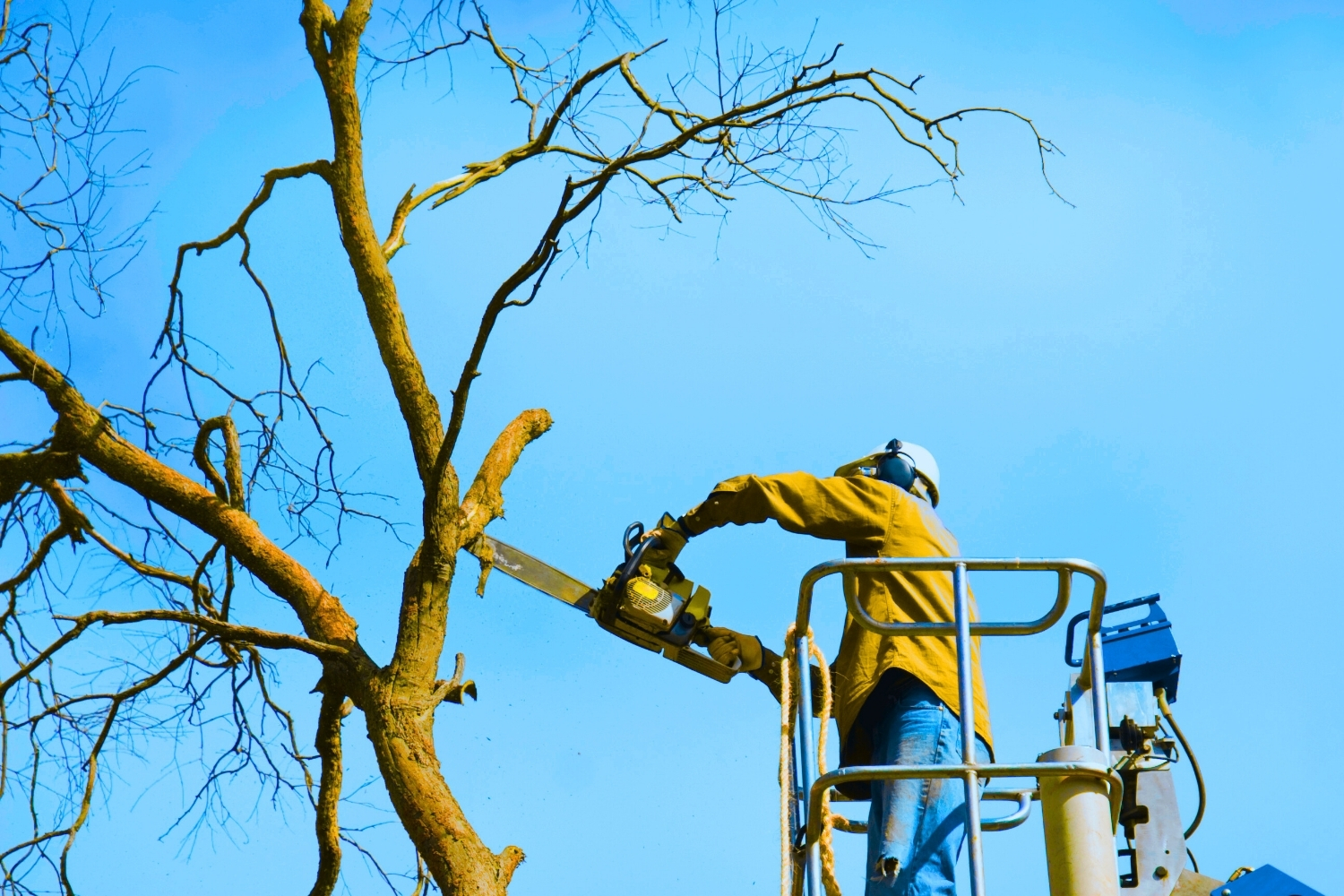Featured
Table of Contents
- – Gresham, OR Tree Clearing Price Factors
- – What You Need To Know About Stump Grinding Cos...
- – Gresham, OR Tree Trimming Financing Options
- – Gresham, OR Tree Service Market Prices
- – Gresham, OR Tree Removal Price Factors
- – How To Budget For An Arborist In Gresham, OR
- – Budget Tree Removal In Gresham, OR
- – Gresham, OR Tree Trimming Cost Guide For Hom...
- – Gresham, OR Stump Removal Cost Estimator
- – Getting Fair Tree Clearing Quotes In Gresham...
- – Gresham, OR Arborist Reviews: Real Experiences
- – Gresham, OR Tree Service Exchange Programs: ...
- – Power Replacement Costs For Tree Cutting In ...
- – Finding Budget Stump Grinding In Gresham, OR
- – Coverage Costs For Tree Removal In Gresham, OR

The subsections below provide more detailed info about prices, consisting of an average range for each. TypeAverage Removal CostPineConiferPalmMagnoliaArborvitaeAshCedarSweet GumEucalyptusSycamoreCypressOakMaplePoplar You can anticipate to pay between to eliminate a pine, depending upon its size. Removing a pine is among the more economical jobs unless it is one that has actually been around for many years and is quite big.
Gresham, OR Tree Clearing Price Factors
Pines also have a tap root that grows deep into the soil, which can prove to be harder to remove. The process itself involves a specialist cutting the tree, clearing the base, cutting the surface roots, getting rid of the stump, and lastly dealing with the soil. Without a professional hand, you risk leaving pine seedlings behind, which will fall from the roots of distressed pines.
What You Need To Know About Stump Grinding Costs In Gresham, OR
The U.S. nationwide average for conifer elimination is approximately to have the conifer reduced, hauled away, and the stump ground or removed completely. Conifers are generally easier to eliminate, and despite the fact that they can grow rather tall, they do not cost a fortune to eliminate. Conifers include pine, spruce, fir, and juniper trees.
Gresham, OR Tree Trimming Financing Options
While conifers are lovely, they kill native plants and certain types of grass. This is since they require a lot of water and nutrients to make it through, so they seep it off surrounding plants. They likewise have an extensive network of roots, which can impact your home's structure. The typical price of palm elimination depends upon the height as much as the type, varying from.
Gresham, OR Tree Service Market Prices
That is why it is necessary to understand which type you are removing. While you do not require an herbicide to kill a palm tree, there are some actions your elimination expert will need to take to guarantee the task is done properly. There are two methods they can get rid of them: by slicing them down or digging them up.
Gresham, OR Tree Removal Price Factors
This is since small animals like rats and scorpions frequently reside in them. Plus, numerous types will have spikes, too. From there, they get rid of the actual tree and after that the stump. Expect to pay in between to remove this type of tree, depending on the precise size and details of the task.
How To Budget For An Arborist In Gresham, OR
There are 3 types: green, white, and black ash. White ash is understood for its numerous colors. With its gray-tinged bark, its leaves are green or purple in the spring and golden yellow or purplish-red in the fall. They take pleasure in moderate climates and lots of sun. The green ash is called such due to its green or yellow foliage.
Budget Tree Removal In Gresham, OR

Due to the variation in height, the elimination cost variance is large from. A coniferous, evergreen tree, the cedar is a hardy species.
Gresham, OR Tree Trimming Cost Guide For Homeowners
The growth of incorrect cedars varies from 50 feet up to 230 feet high. With star-shaped leaves and stunning fall colors, the sweet gum is considered a medium to large tree.
Gresham, OR Stump Removal Cost Estimator
It has a big root base of 40 to 50 feet, which impacts the elimination expense. Generally, it costs in between to remove a eucalyptus. Eucalyptus are not common everywhere, but they are rather large compared to others, which is why even the smaller ones are so pricey to eliminate. Originally from Australia, eucalyptus are invasive plants that grow in thick groves that secure native plants.
Getting Fair Tree Clearing Quotes In Gresham, OR
There are a handful of ways to do this, consisting of burning, pulling, grinding, or eliminating them with herbicide. Anticipate to pay in between to eliminate sycamores, based on the height, trunk size, and amount of work involved. Sycamores are among the largest hardwood trees, generally varying from 60 to 100 feet high and as wide as 15 feet.
Gresham, OR Arborist Reviews: Real Experiences
The first 2 steps will expose the insides of the tree and cut off the flow of nutrients up the trunk. From there, an expert applies herbicide to kill the tree and cuts down the trunk.
Gresham, OR Tree Service Exchange Programs: Costs
There are several types of Cypress trees, however the most widespread are the Leyland, Arizona, Bald, and Italian. The Bald Cypress grows in swampy or really wet areas while the others enjoy a dry, warm, or hot climate (tree service). They can grow as high as 80 to 100 feet high
Power Replacement Costs For Tree Cutting In Gresham, OR

Prone to diseases, the Cypress is one of the most prized woods for furnishings. The typical oak grows to around 60 feet, and depending on the intricacy of the elimination, it costs approximately to get rid of. The exact size of your oak and the effort required to fell it affect what you will in fact spend for removal along with any additional services like stump grinding.
Finding Budget Stump Grinding In Gresham, OR
Access to the trees and the roots will likewise impact the general cost. Maples are usually amongst the more pricey trees to remove because of their size and the work involved in the elimination.
Coverage Costs For Tree Removal In Gresham, OR
Poplars are giants of the species. Growing as high as 90 to 115 feet, these massive woods are mainly discovered in The United States and Canada and consist of the aspen, cottonwood, and balsam trees. Boasting an extensive root system, poplars can be expensive to remove when totally grown. The process to remove trees involves all the trimming and cutting of the branches and trunk, bringing it down to a stump.
Table of Contents
- – Gresham, OR Tree Clearing Price Factors
- – What You Need To Know About Stump Grinding Cos...
- – Gresham, OR Tree Trimming Financing Options
- – Gresham, OR Tree Service Market Prices
- – Gresham, OR Tree Removal Price Factors
- – How To Budget For An Arborist In Gresham, OR
- – Budget Tree Removal In Gresham, OR
- – Gresham, OR Tree Trimming Cost Guide For Hom...
- – Gresham, OR Stump Removal Cost Estimator
- – Getting Fair Tree Clearing Quotes In Gresham...
- – Gresham, OR Arborist Reviews: Real Experiences
- – Gresham, OR Tree Service Exchange Programs: ...
- – Power Replacement Costs For Tree Cutting In ...
- – Finding Budget Stump Grinding In Gresham, OR
- – Coverage Costs For Tree Removal In Gresham, OR
Latest Posts
Understanding Stump Removal Costs In Gresham, OR
Asheville, NC Arborist: Price Range
Junction City, KS Stump Grinding Pricing FAQ
More
Latest Posts
Understanding Stump Removal Costs In Gresham, OR
Asheville, NC Arborist: Price Range
Junction City, KS Stump Grinding Pricing FAQ